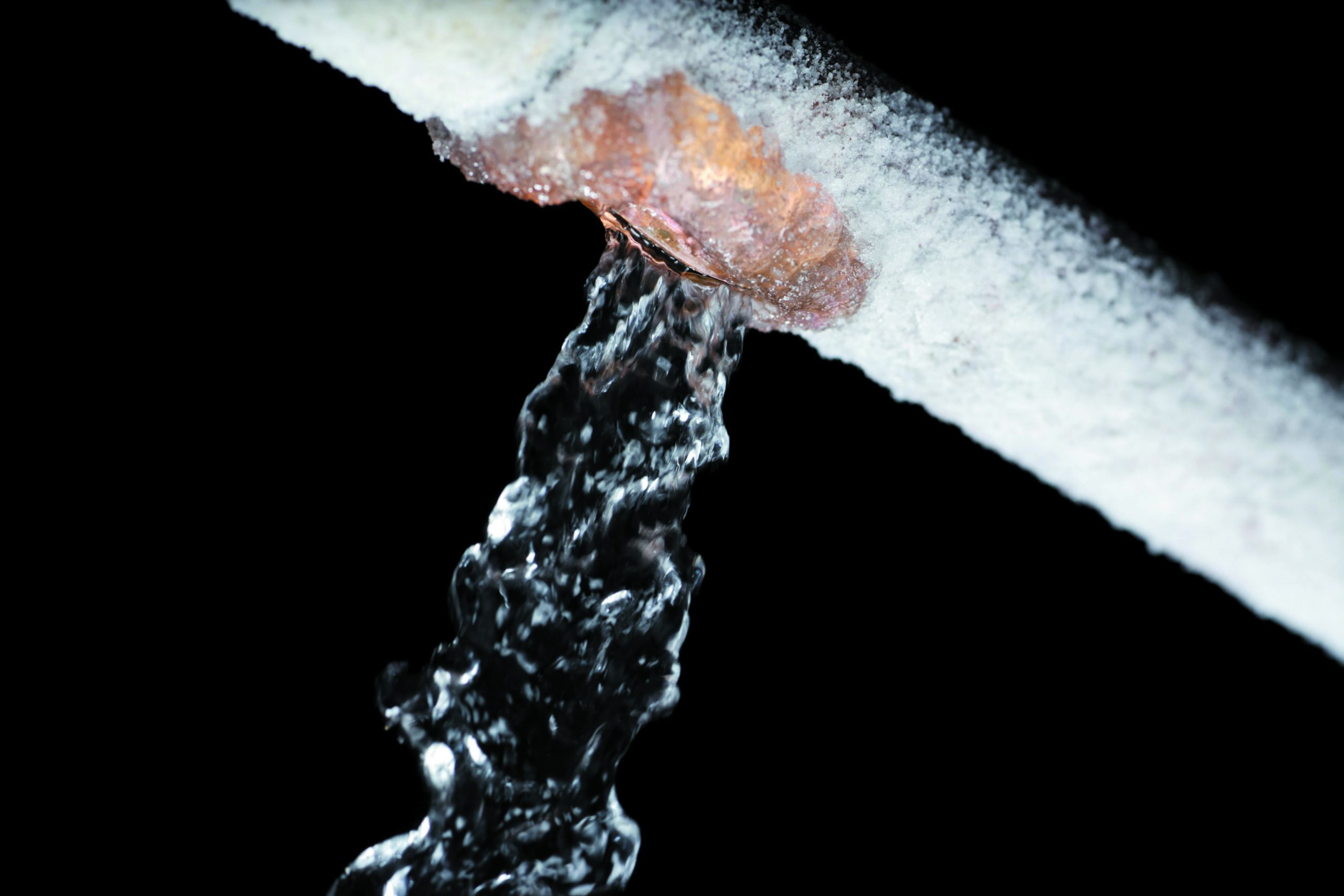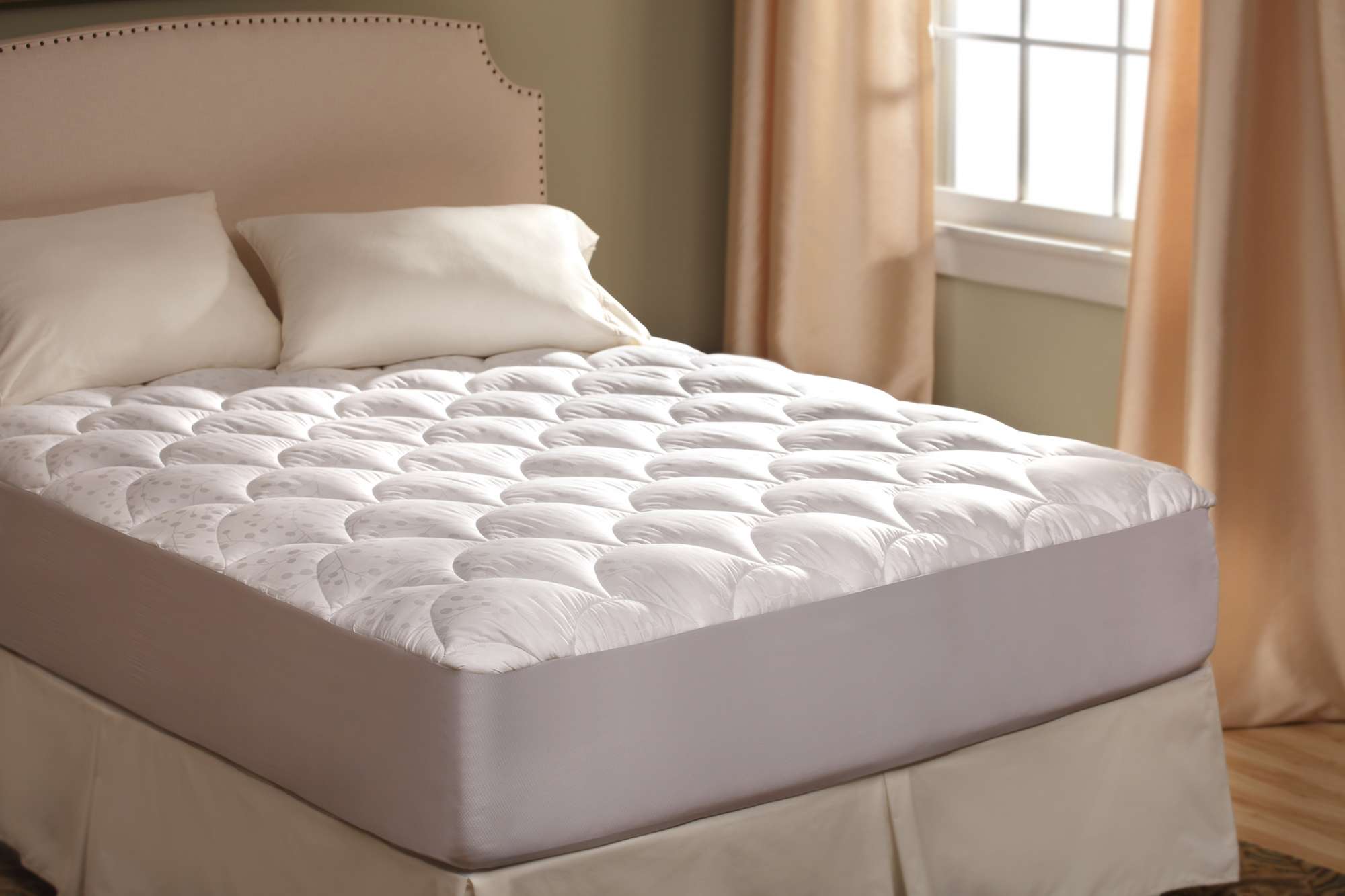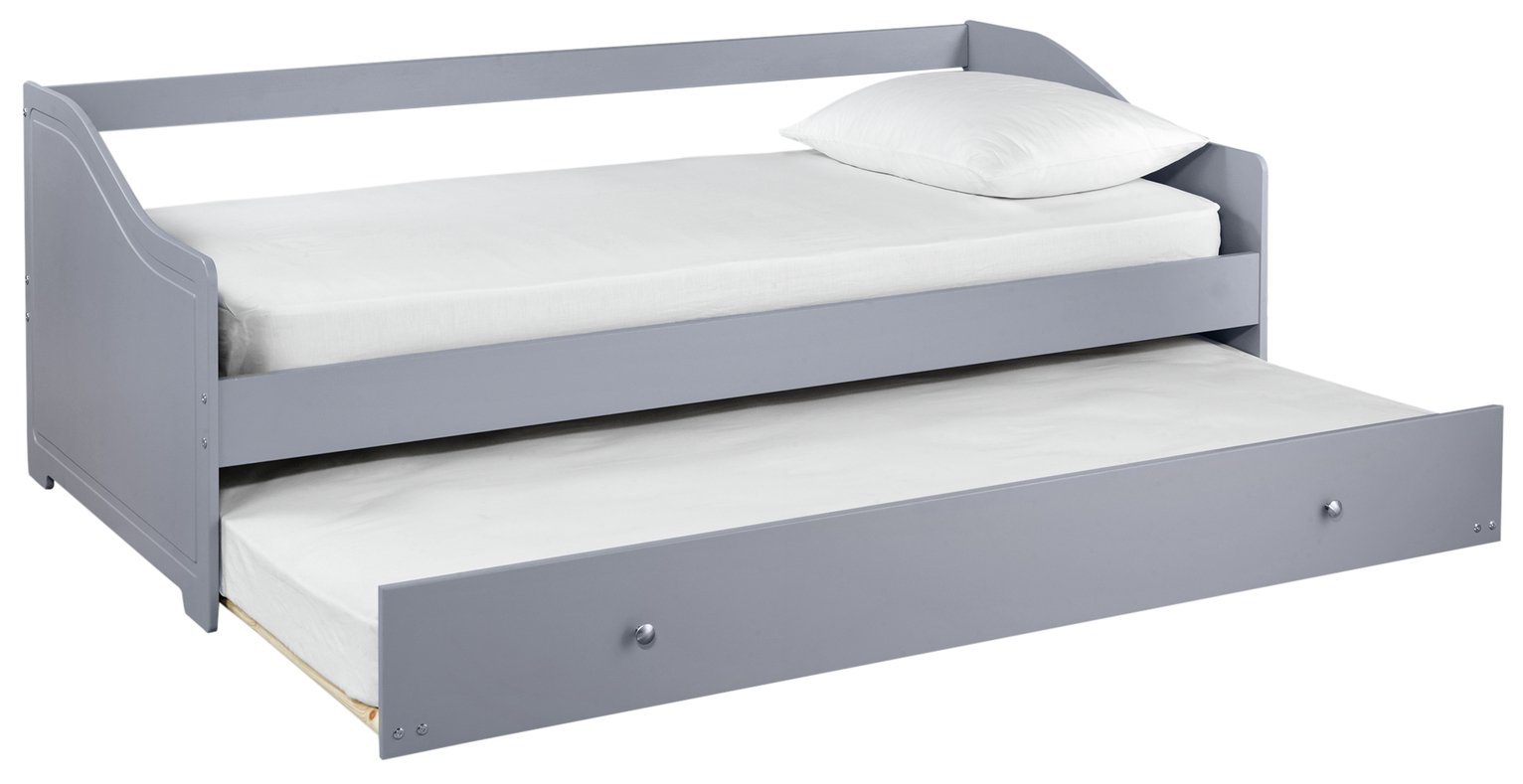How to Thaw a Frozen Kitchen Sink Waste Pipe
If you live in a cold climate, you know the struggle of dealing with frozen pipes. And one of the most inconvenient and frustrating things that can happen is a frozen kitchen sink waste pipe. Not only does it prevent you from using your sink, but it can also lead to more serious plumbing issues if not taken care of properly. Here’s how to thaw a frozen kitchen sink waste pipe and get your plumbing back in working order.
How to Prevent Your Kitchen Sink Waste Pipe from Freezing
Prevention is always better than dealing with the consequences of a frozen pipe. So, if you haven’t experienced a frozen kitchen sink waste pipe yet, here are some steps you can take to prevent it from happening in the future.
1. Insulate your pipes: In cold climates, it’s important to insulate your pipes to protect them from freezing. This is especially important for pipes that are located in unheated areas, like under your sink.
2. Keep your home warm: Make sure your home is properly heated, even when you’re away. Keeping the temperature above freezing can help prevent your pipes from freezing.
3. Let the faucet drip: On extra cold nights, letting your faucet drip can help prevent your pipes from freezing. The constant flow of water keeps the pipes from freezing and can also relieve built-up pressure.
What to Do if Your Kitchen Sink Waste Pipe is Frozen
If you’ve already experienced a frozen kitchen sink waste pipe, don’t worry. There are steps you can take to thaw it out and get your plumbing working again.
1. Turn off the water supply: The first thing you should do is turn off the water supply to your kitchen sink. This will prevent any water from flowing through the frozen pipe and causing more damage.
2. Thaw the pipe: There are a few ways to thaw a frozen pipe, but the safest and most effective method is to use a hair dryer. Set the hair dryer to a low heat setting and slowly move it back and forth along the frozen section of the pipe. Do not use a heat gun or open flame, as this can damage the pipe and create a fire hazard.
3. Use hot water: If the hair dryer method doesn’t work, you can try pouring hot water over the frozen section of the pipe. Make sure to use hot, not boiling, water to avoid damaging the pipe.
4. Call a professional: If you’re unable to thaw the pipe yourself, it’s best to call a professional plumber. They have the tools and expertise to safely thaw the pipe and prevent any further damage.
Signs of a Frozen Kitchen Sink Waste Pipe
It’s important to know the signs of a frozen kitchen sink waste pipe so you can take action before it becomes a bigger problem. Here are some signs to look out for:
- Slow or no drainage from your sink
- Gurgling noises when you use your sink
- A foul odor coming from your sink
- Visible frost or ice on the exterior of the pipe
If you notice any of these signs, it’s important to take action immediately to prevent further damage.
How to Insulate Your Kitchen Sink Waste Pipe
If you’ve experienced a frozen kitchen sink waste pipe before, or want to take preventative measures, you can insulate your pipes to protect them from freezing. Here’s how:
1. Choose insulation: There are various types of pipe insulation available, including foam, fiberglass, and pipe sleeves. Choose the type that best fits your needs and budget.
2. Measure your pipe: Measure the length and diameter of your pipe to determine how much insulation you’ll need.
3. Install the insulation: Follow the instructions on the insulation package to properly install it on your pipe. Make sure there are no gaps or tears in the insulation, as this can reduce its effectiveness.
Using a Hair Dryer to Thaw a Frozen Kitchen Sink Waste Pipe
We mentioned using a hair dryer to thaw a frozen pipe, but it’s important to know how to do it safely and effectively. Here are some tips:
1. Use a low heat setting: Set your hair dryer to a low heat setting to avoid damaging the pipe. High heat can cause the pipe to expand and potentially burst.
2. Move the hair dryer back and forth: Don’t leave the hair dryer in one spot for too long. Move it back and forth along the frozen section of the pipe to evenly thaw it out.
3. Be patient: Thawing a frozen pipe with a hair dryer can take some time, so be patient. Rushing the process can cause damage to the pipe.
Why is My Kitchen Sink Waste Pipe Freezing?
There are a few reasons why your kitchen sink waste pipe may freeze:
- Lack of insulation: If your pipe is not properly insulated, it can easily freeze in cold temperatures.
- Cold drafts: If there are cold drafts in the area where your pipe is located, it can contribute to freezing.
- Low temperatures: In extremely cold temperatures, even insulated pipes can freeze.
If you’re experiencing frozen pipes frequently, it’s best to consult a professional to determine the root cause and prevent it from happening again.
How to Fix a Frozen Kitchen Sink Waste Pipe
If you’ve successfully thawed your frozen kitchen sink waste pipe, you may be wondering if there’s any damage that needs to be fixed. Here’s what you should do:
1. Check for leaks: Once the pipe is thawed, turn the water supply back on and check for any leaks. If you notice any, it’s best to call a professional to fix them.
2. Inspect for damage: Visually inspect the pipe for any cracks or breaks. If you notice any, it’s best to call a professional to repair or replace the damaged section.
3. Let the water run: Once you’ve checked for leaks and damage, let the water run for a few minutes to make sure it’s flowing properly. If you notice any issues, call a professional for assistance.
Preventing Frozen Kitchen Sink Waste Pipes in Cold Climates
If you live in a cold climate, it’s important to take preventative measures to protect your kitchen sink waste pipe from freezing. Here are some additional tips:
- Keep cabinet doors open: If your kitchen sink is located in a cabinet, keep the doors open to allow warm air to circulate and prevent freezing.
- Use a space heater: If your pipes are located in a particularly cold area, you can use a space heater to keep the area warm.
- Monitor the temperature: Keep an eye on the temperature outside and take extra precautions on particularly cold nights.
How to Keep Your Kitchen Sink Waste Pipe from Freezing During Winter
Winter can be tough on your plumbing, but by taking the necessary precautions, you can prevent your kitchen sink waste pipe from freezing. Here are some final tips to keep in mind:
- Keep your home warm and insulated
- Let the faucet drip on extra cold nights
- Use a hair dryer to thaw frozen pipes
- Inspect and repair any damage to your pipes
By following these tips, you can keep your kitchen sink waste pipe from freezing and avoid the inconvenience and potential damage that comes with it.
Why a Frozen Kitchen Sink Waste Pipe is a Common Problem in Cold Climates
/how-to-install-a-sink-drain-2718789-hero-24e898006ed94c9593a2a268b57989a3.jpg)
Understanding the issue
 If you live in a cold climate, you may have experienced the frustration of a
frozen
kitchen sink waste pipe. This can be a common problem during the winter months when temperatures drop below freezing.
Kitchen sink waste pipes
are responsible for carrying
water
and
food waste
from your
kitchen sink
to the
sewer system
. When the temperature drops, the
water
in the
pipe
can freeze and create a blockage, preventing the
waste
from properly
draining
. This can lead to a range of issues, from
foul odors
and
backups
to
pipe damage
and
expensive repairs
.
If you live in a cold climate, you may have experienced the frustration of a
frozen
kitchen sink waste pipe. This can be a common problem during the winter months when temperatures drop below freezing.
Kitchen sink waste pipes
are responsible for carrying
water
and
food waste
from your
kitchen sink
to the
sewer system
. When the temperature drops, the
water
in the
pipe
can freeze and create a blockage, preventing the
waste
from properly
draining
. This can lead to a range of issues, from
foul odors
and
backups
to
pipe damage
and
expensive repairs
.
The role of house design
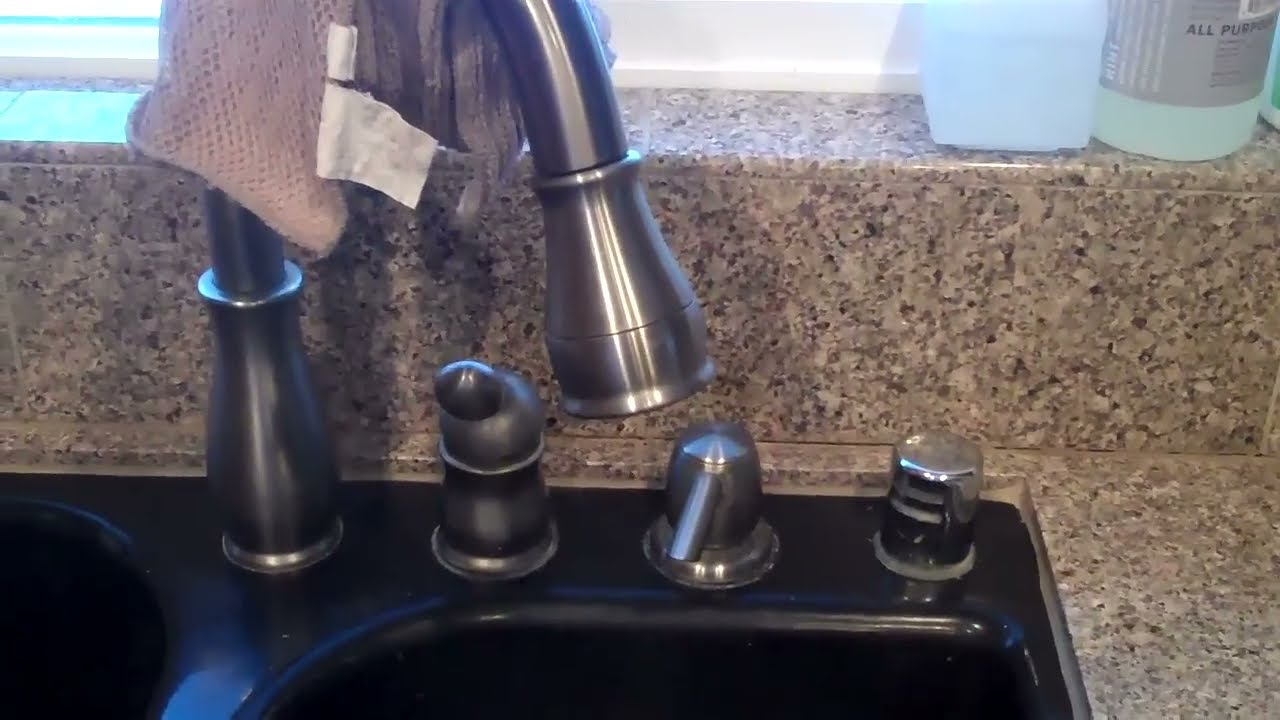 You may be wondering why some homes are more prone to
frozen kitchen sink waste pipes
than others. The answer lies in the
design
of the
house
. Older homes, in particular, may have
pipes
that are not properly insulated or located in areas that are more exposed to the
cold
weather. This makes them more susceptible to
freezing
and
pipe
damage. Additionally, the
layout
of your
kitchen
and
plumbing system
can also play a role. If the
kitchen sink
is located in an area of the house that is not well heated, the
pipes
may be more vulnerable to
freezing
.
You may be wondering why some homes are more prone to
frozen kitchen sink waste pipes
than others. The answer lies in the
design
of the
house
. Older homes, in particular, may have
pipes
that are not properly insulated or located in areas that are more exposed to the
cold
weather. This makes them more susceptible to
freezing
and
pipe
damage. Additionally, the
layout
of your
kitchen
and
plumbing system
can also play a role. If the
kitchen sink
is located in an area of the house that is not well heated, the
pipes
may be more vulnerable to
freezing
.
Preventing and addressing the issue
 Fortunately, there are steps you can take to prevent a
frozen kitchen sink waste pipe
. Proper
insulation
of the
pipes
and
exposure
to
warm air
can help prevent
freezing
. It is also important to keep
cabinet doors
open to allow
warm air
to circulate around the
pipes
. If you do experience a
frozen pipe
, do not attempt to thaw it with
heat
sources such as a
blowtorch
or
hairdryer
. Instead, call a professional
plumber
to assess the situation and
defrost
the
pipe
safely.
In conclusion, a
frozen kitchen sink waste pipe
is a common issue that can cause a range of problems in your home. Understanding the issue and taking preventative measures can help avoid expensive repairs and ensure your
kitchen plumbing
runs smoothly during the
winter months
. Remember to always consult a professional if you encounter a
frozen pipe
to ensure safe and effective resolution.
Fortunately, there are steps you can take to prevent a
frozen kitchen sink waste pipe
. Proper
insulation
of the
pipes
and
exposure
to
warm air
can help prevent
freezing
. It is also important to keep
cabinet doors
open to allow
warm air
to circulate around the
pipes
. If you do experience a
frozen pipe
, do not attempt to thaw it with
heat
sources such as a
blowtorch
or
hairdryer
. Instead, call a professional
plumber
to assess the situation and
defrost
the
pipe
safely.
In conclusion, a
frozen kitchen sink waste pipe
is a common issue that can cause a range of problems in your home. Understanding the issue and taking preventative measures can help avoid expensive repairs and ensure your
kitchen plumbing
runs smoothly during the
winter months
. Remember to always consult a professional if you encounter a
frozen pipe
to ensure safe and effective resolution.

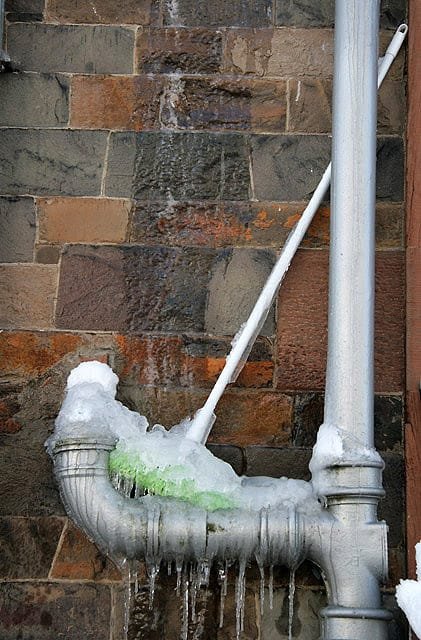




















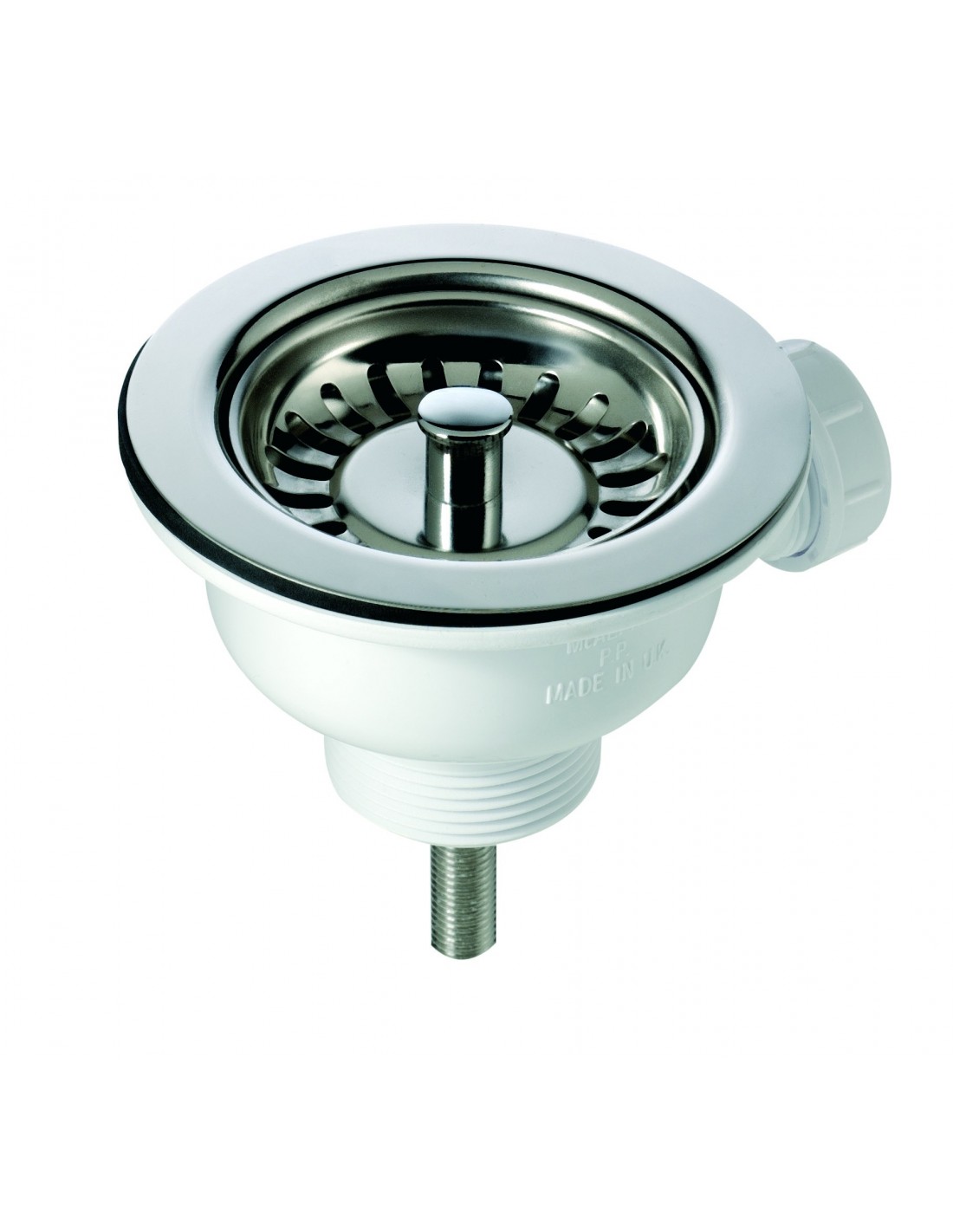





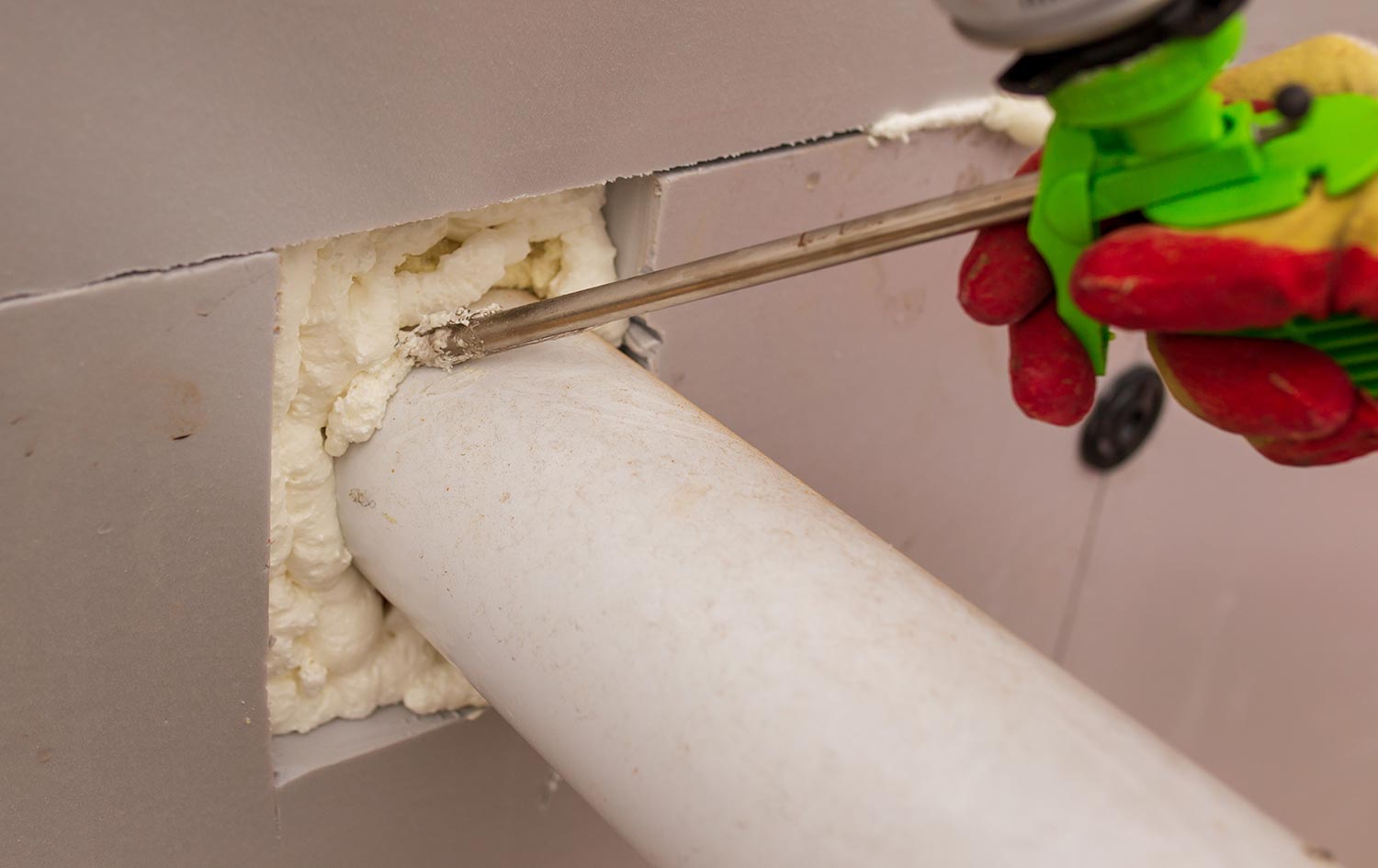
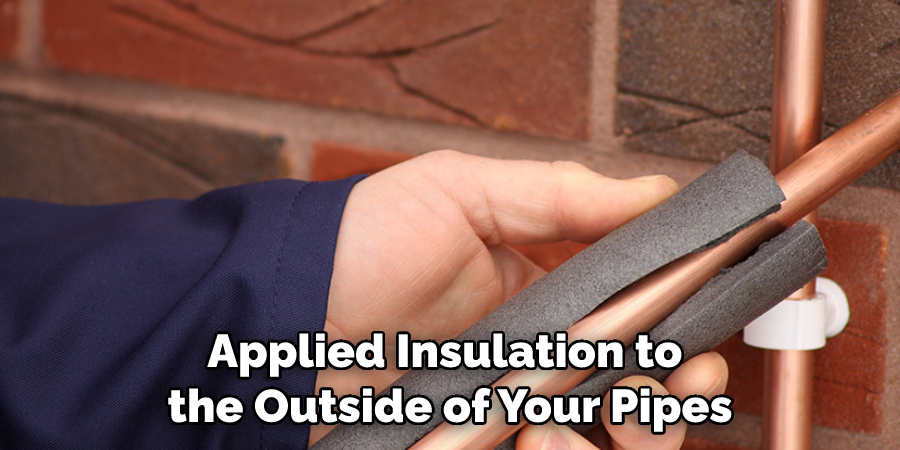


/water-pipe-under-kitchen-sink-980755656-3ec7719515ab4e269908381b760f7366.jpg)



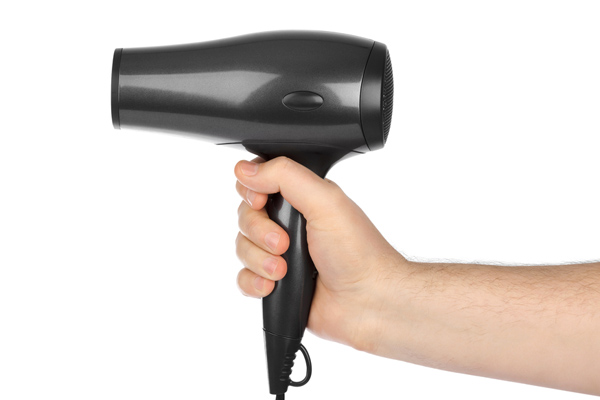
















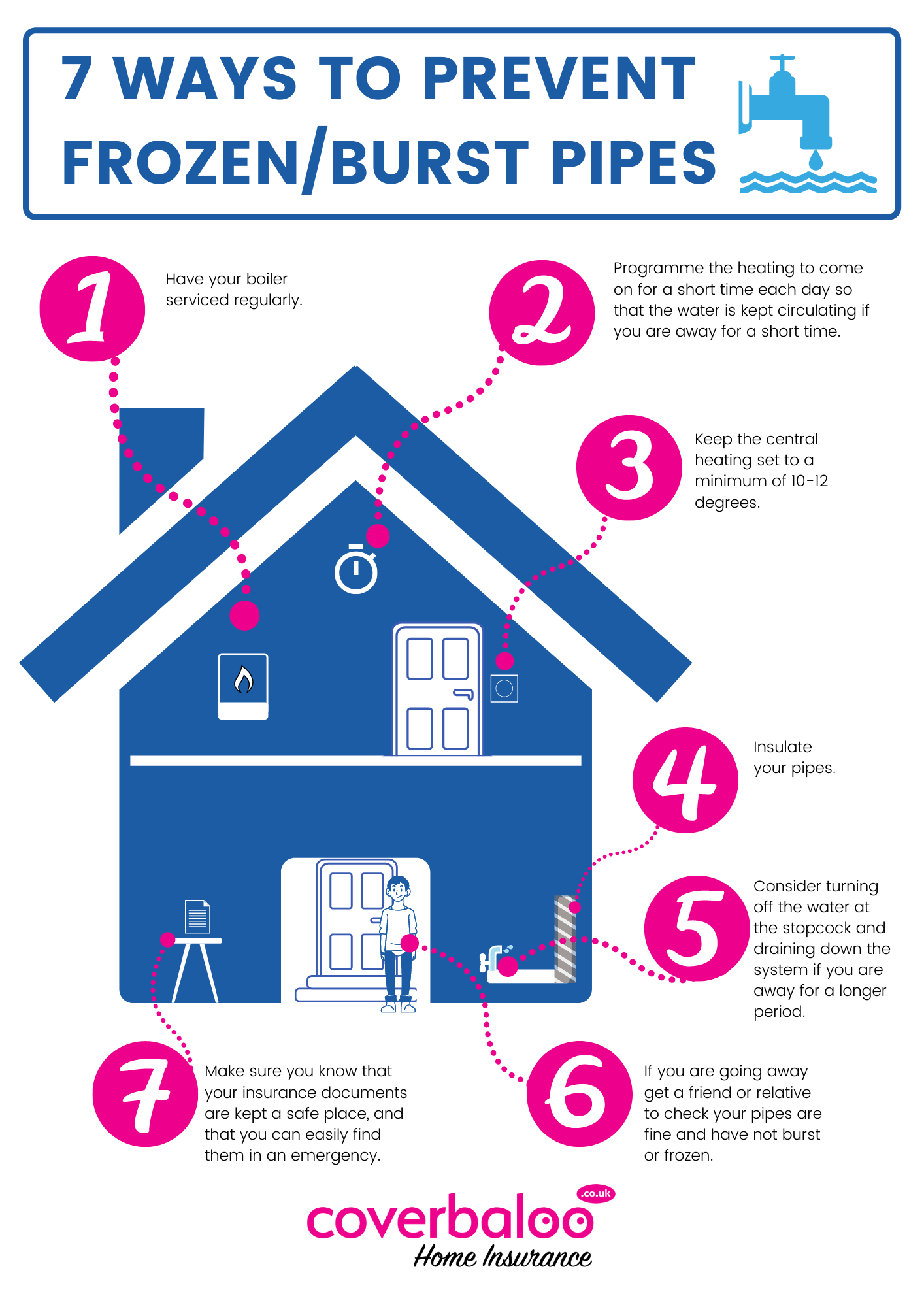
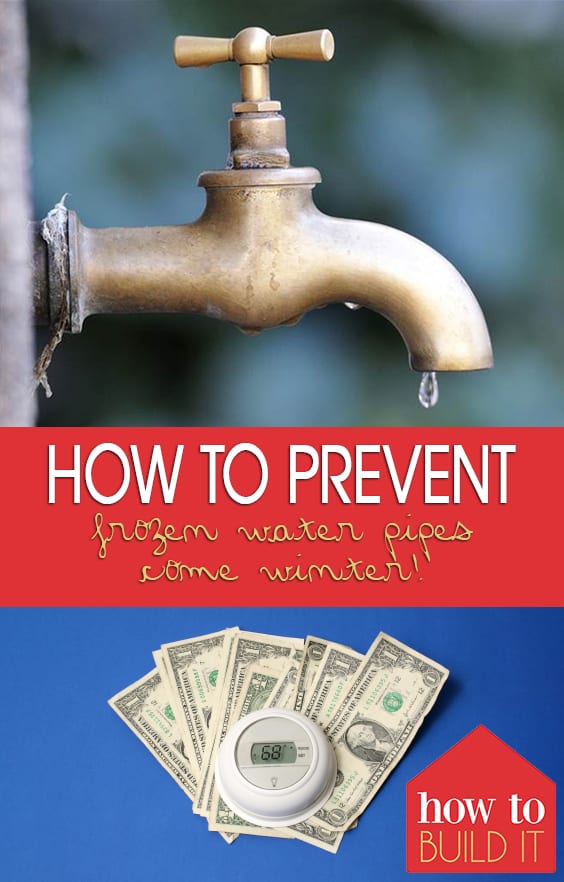

:max_bytes(150000):strip_icc()/stop-freezing-pipes-2124982-revision1-5c01a886c9e77c0001439273.png)


